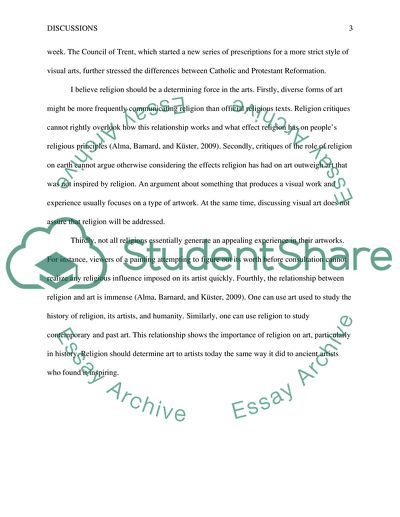The Baroque Era and the Eighteenth Century Essay. Retrieved from https://studentshare.org/literature/1652007-the-baroque-era-and-the-eighteenth-century
The Baroque Era and the Eighteenth Century Essay. https://studentshare.org/literature/1652007-the-baroque-era-and-the-eighteenth-century.


